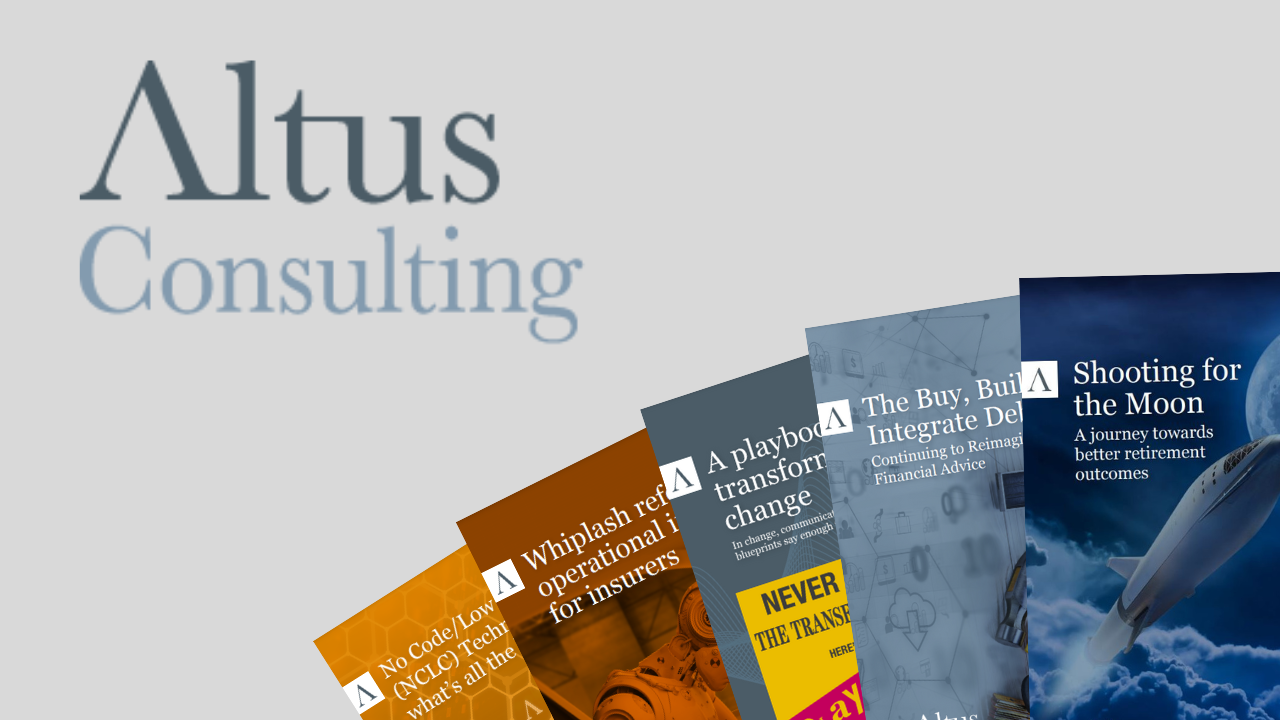It would be easy to underestimate the work of the marketing and creative team but the user journey could be the one chance to provide any form of gratification to a potential wealth product customer.
I have been looking at some interesting research this week about the emotion map of a typical retail purchase. To be honest I was quite surprised at the emotional rollercoaster it represented.
It had its ups and downs, anxiety and suspense, intrigue and issues. Ultimately though, as with all good stories, there was a happy ending. The end feeling for the client is a positive one, it is one of gain. I have exchanged both time and money in return for a tangible item. I feel positive about the experience and should I be dissatisfied when I get the product home (because I change my mind or it develops a fault), I can return it and in many cases get a full refund.
A financial services business does not have a tangible item to sell its clients, so often struggles to imprint a positive purchasing experience on their clients. In my opinion, this represents the reason a lot of people have just put their cash in a Bank and not done something that would yield a bit more return.
Putting money into a bank is an easy option. It doesn’t feel like a purchase it’s a choice, just a safe place to put my money until I need it again. Any idea of growth becomes almost secondary. It’s not a big leap for clients to translate this to a cash ISA account. Just as safe, but I earn a little more interest and the interest gets treated a bit better for tax purposes. Still though, I have basically avoided ‘purchasing’ anything.
Compare this to a typical direct investment product journey…
I choose to buy a stocks and shares ISA. I choose a provider, then I get asked a load of information about myself (earnings, debts, what I think when people say ‘risk’ and so on). After being battered about by this questionnaire and being tested as to whether I can be trusted to make my own decisions, I get the opportunity to choose some funds. The funds tell me they have some risk attached to them and I get asked if I understand I could actually get less money out than I put in. After this, I have to prove I am who I say I am and finally I hand over my hard earned money. I don’t get something I cherish in return or something that enriches my life. I don’t walk away with anything, so my overriding experience is ‘loss’.
The point is the effort I had to go through to buy my ISA is huge, so the ‘user journey’ can’t be taken lightly. As a provider, you are going to take someone on a journey. You have to think hard about making the journey part of the payback (by giving them knowledge, a sense of achievement, or a funky and engaging app). On top of making it rewarding you have to make it easy, frictionless – let’s say, to allow you to build trust, you must give a bit to get a bit, engage the customer so that they are happy to upload all the answers to all those questions.
All much more difficult than it should be given that my details, in a thousand different guises are already floating about in the data-ether that is the internet. My phone already knows what I am going to put in a text, so it should just be able to impart to another system who I am without me actually typing it in. There are lots of opportunities for this in the here and now and the future offers even more opportunities. In the near future I am sure providers will get it and I will just choose better value products without having to answer a quiz.




